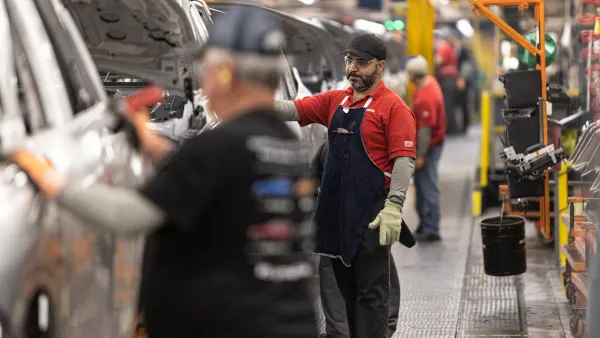Dive Brief:
- Contrary to the common perception that automated trucks will cause a marked downturn in the availability of trucking jobs, the reorganizing existing driver jobs creates the possibility of an increase in trucking jobs, Supply Chain Digest reported recently.
- Driverless tech offers the potential to take long haul drives off the table for truckers, but could increase the need for more truckers to be called upon to make more first and last mile local deliveries, thereby enhancing service value.
- Also, the driverless trucks will not only require monitoring services, but communication with nearby personnel who can interact with law enforcement or fuel suppliers will also be needed, thereby creating job needs that previously did not exist.
Dive Insight:
Supply chain design could undergo disruption with the introduction of automated driverless trucks, whether through increased usage thanks to an absence of required rest breaks, or a diminished need for numerous warehouses spaced between mileage maximums of 400-500 miles daily.
In addition to potentially creating more job opportunities, driverless technology can also bring cost reductions in freight as well as mitigate insurance costs. Coupled with the increase in robotics that is becoming prevalent in warehousing and fulfillment centers, the interaction between workers and robots within the chain combines the best of human reason with robotic efficiency and safety.
Lastly, the potential for varying sized trucks leads to the possibility of smaller load transport, which in turn can improve replenishment time and expense, a rising challenge as large companies are altering their shipping and warehousing strategies. One element that remains to be seen, and it could be decided in the courts before it is decided in the marketplace, is the nature of the relationship between company and trucker.













